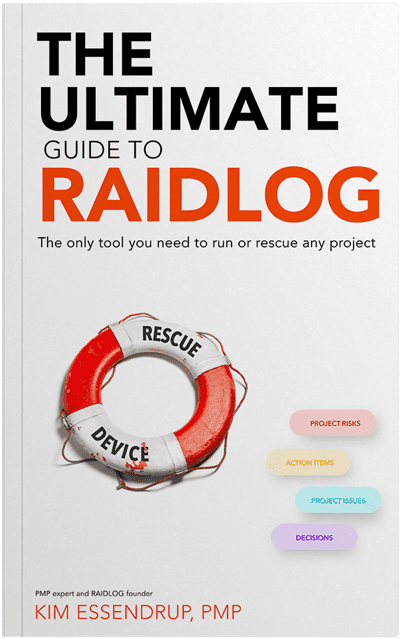One reason that agile ways of working have become so popular is that they inherently reduce risk by planning for change, tightening collaboration and delivering work in smaller bites. This approach definitely reduces overall risk. But working in an agile way does not eliminate risk and issues. Things still can and do go wrong. So, how do agile ways of working suggest addressing this?
The body of knowledge around Agile Risk management is still a bit thin. Some agile frameworks like DSDM acknowledge risk without providing much detail on how to manage it, while other frameworks cover risk in passing, if at all. This is an evolving area of practice and will certainly develop over the coming years.
In one of the few books on the topic, “Agile Risk Management” by Dr. Alan Moran, the author recommends an approach that is exactly in-line with traditional project risk management. This includes analyzing organizational tolerance for risk and developing a “Risk List.” Like more traditional project management, Dr. Moran recommends that your risk management approach be scaled to the level of risk in the project and the risk tolerance of the organization.
If the body of knowledge around agile risk management is thin, it’s even thinner for critical issue management, decision making and managing action items. So, if you work in an agile way, give a RAID log a chance – you may find it as useful as any other delivery leader.
